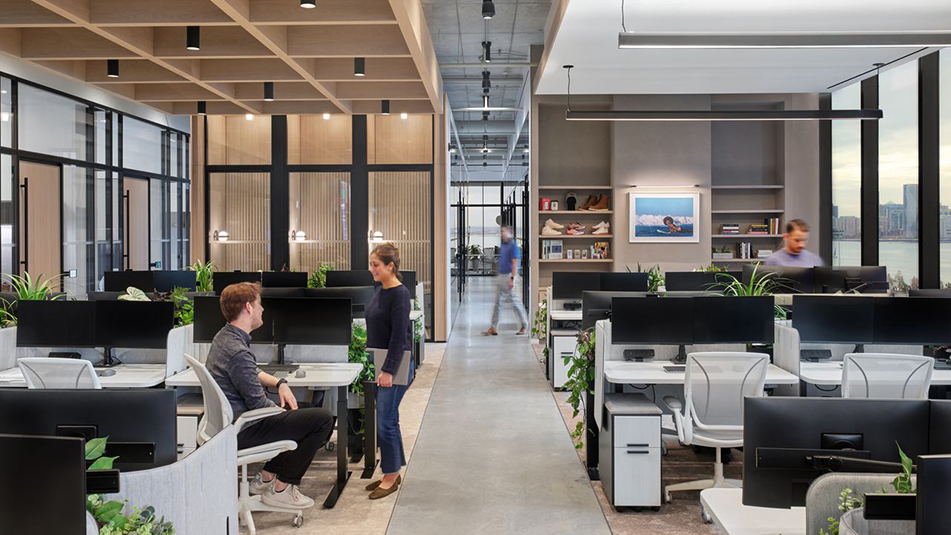When and How to Transition Out of Your Coworking Space
Coworking – the phenomenon where a variety of small companies and independent contractors share office space – is here to stay, at least for the foreseeable future. Before the year is out, more than 1 million people will have a desk in a shared office space, a number that has grown by more than 700% in just the last few years.
Coworking is an ideal environment for launching and growing new companies, with its contagious entrepreneurial energy, collaborative environment, flexible lease terms, and the ability for companies to scale up and down easily. In Boston alone, spaces like WeWork, Cambridge Innovation Center, Workbar, Oficio, Idea Space, Hatch, Coalition, and more have become very popular. Coworking spaces are, however, not cheap.
These spaces are not intended to be forever. And as one of the leaders of your company, it is likely not your intention to work out of a shared space forever either – for a multitude of reasons. Here are a few possible signs your small-but-growing company is ready to leave your coworking space and find dedicated office space:
You’ve outgrown it
Physical space limitations are an obvious sign that a change is needed. But in addition to logistical barriers, there are cultural ones: once a company reaches a certain number of people, its brand begins to take root and the emerging company culture needs a place to thrive. Ask yourself: Has the shared space felt somewhat “restrictive” to your company? How does coworking fit within the company’s growth plan – or not?
You can’t afford it
The benefits and flexibility of a coworking space are reflected in its price. It made sense financially when it was just the founder and a couple team members. Now that you’re 10 to 15 employees strong, it will be less expensive to lease your own space.
Your day-to-day operations are steady
When a company is starting out, daily operations are fluid, meaning the office space can be fluid as well. As operations normalize and routines are established, a more normalized office setting may become necessary. It’s quite possible you’d be more productive in your own space, laid out to suit your business needs, like dedicated conference and phone rooms only used by your company, located directly next to your own area of workstations.
OK, so you’ve decided you’re ready to move out of your super-hip coworking space. How do you do it?
Plan enough time
It will take about 6-9 months from the time you decide to begin the process to the time you move into your new office. Plan accordingly, factoring in your growth trajectory and personnel needs over the coming year.
Hire a dedicated advisor
That’s where Cresa comes in. As a real estate advisor representing only tenants, Cresa can help you navigate this process based on your business needs.
Direct lease or sublease
You should consider two types of potential leases: a direct lease, where you sign a lease directly with a building owner; or a sublease, where you lease space from an existing building tenant under an agreement that’s also approved by the building owner. There are pros and cons to each option. For a growing, price-sensitive startup, a short-term sublease with below market rents may be ideal. Of course, any option will be subject to availability and timing.
Transitioning out of a coworking space into dedicated office space is an important milestone for your growing company. Putting these tips to work, and having Cresa as your advisor, will help save you money and headaches in the short- and long-term.


